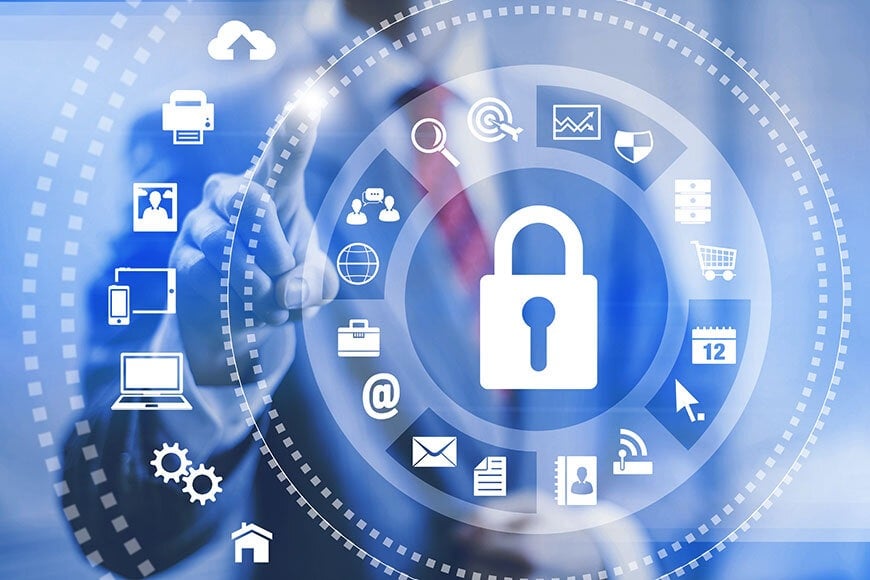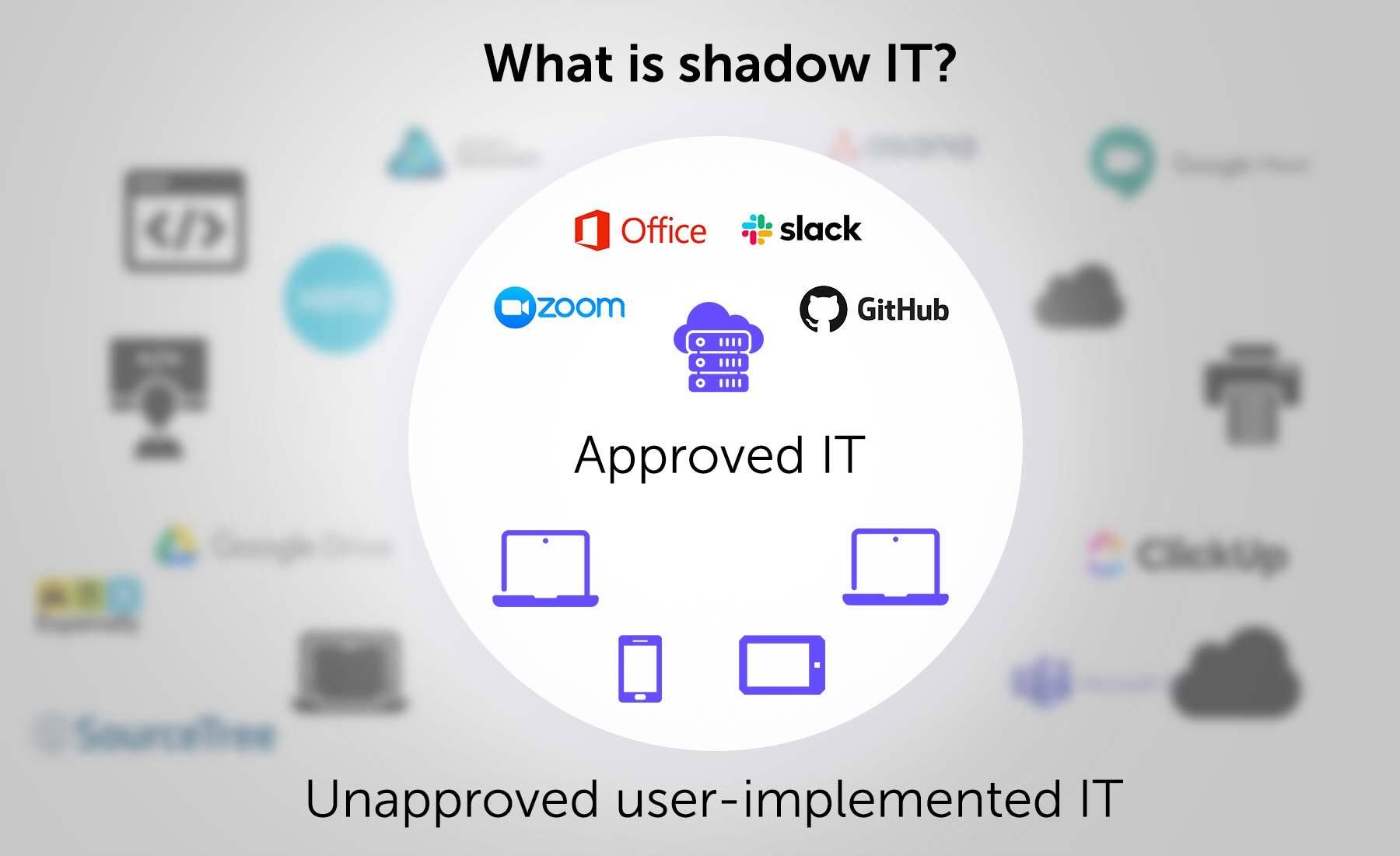Building a Future-Proof IT Infrastructure for K-12 Schools
Introduction In today's rapidly changing digital landscape, having a robust and future-proof IT infrastructure is critical for K-12 schools. Just...
2 min read
 Aria - LATechNet Team
:
May 17, 2025 6:01:56 AM
Aria - LATechNet Team
:
May 17, 2025 6:01:56 AM

In today's digital age, cybersecurity isn't just important—it's essential, especially in educational institutions. Schools hold sensitive information about students and staff, making them attractive targets for cyber threats. Sadly, attacks like ransomware, phishing scams, and data breaches targeting K-12 schools and higher education institutions have dramatically increased in recent years. These incidents don't just disrupt daily activities; they compromise student safety and staff privacy and can lead to lasting damage to a school's reputation.
Regularly conducting cybersecurity audits can make a huge difference. Think of audits like regular health check-ups—they help spot issues early, allowing educators and administrators to take quick action before problems escalate. By performing frequent cybersecurity assessments, schools can significantly reduce their risk of data breaches, safeguarding the sensitive information entrusted to them and creating a safer learning environment for everyone involved.
Before jumping in, set clear goals for your cybersecurity audit. What exactly do you want to achieve, and what outcomes are you hoping for? Clearly defined objectives guide the entire process and ensure you don't miss important steps (martincomm.com). Gather a diverse group of stakeholders—educators, IT staff, and administrators—to form an inclusive audit team. Next, clearly outline the audit scope, making sure you cover all critical areas such as systems, networks, and databases (upguard.com).
Next, take inventory of all network-connected devices and digital assets in your school. This comprehensive list makes identifying vulnerabilities easier (nces.ed.gov). Evaluate each asset's importance and sensitivity carefully, helping you prioritize their protection. Don't forget to adopt reliable asset management solutions and monitoring tools to stay organized and secure.
Now, dive into identifying risks and threats. Conduct thorough risk assessments to spot vulnerabilities (martincomm.com). Pay special attention to common threats unique to educational settings, like phishing attacks or unauthorized access (upguard.com). Use penetration testing and vulnerability scanning to check both external and internal threats, keeping an eye out for weak points that might be easily exploited (ancgroup.com).
Review existing cybersecurity policies, processes, and controls carefully. Are they efficient and current? Do they comply with relevant cybersecurity standards and regulations? Identify gaps or outdated information and recommend necessary updates or improvements to strengthen your school's cybersecurity framework (auditboard.com).
Assess your school's cybersecurity incident response plan and ensure it's up-to-date and ready to handle any threats. Regular cybersecurity awareness training for faculty, staff, and students is crucial to maintaining security (nces.ed.gov). Additionally, test your readiness through drills and simulations—being prepared can significantly reduce the impact of cyber incidents.
Finally, document your audit findings clearly and comprehensively, highlighting strengths and weaknesses. Provide actionable recommendations to address identified vulnerabilities and create a clear roadmap for continuous cybersecurity improvement. Schedule follow-up audits regularly, ensuring your school's cybersecurity posture remains strong and proactive.
When it comes to protecting your school from cyber threats, having expert support can make all the difference. LATechNet specializes in cybersecurity solutions designed specifically for educational institutions. Their team provides thorough cybersecurity audits, including vulnerability assessments, penetration testing, and compliance checks, helping you spot and fix weak points before they become problems.
But LATechNet doesn't stop there—they also partner with schools to create strong cybersecurity policies and procedures. Plus, they offer customized training to ensure faculty, staff, and students all know how to stay safe online. And because cyber threats are always changing, LATechNet keeps a close eye on your school's network, ready to respond quickly if an incident occurs. With LATechNet, your school community can feel secure, knowing you have dedicated experts on your side.

Introduction In today's rapidly changing digital landscape, having a robust and future-proof IT infrastructure is critical for K-12 schools. Just...

This article delves into the importance of data privacy and compliance in schools, emphasizing the need to protect sensitive student information...

Shadow IT in schools refers to the unauthorized use of apps and devices by teachers and students, posing significant security and compliance risks....